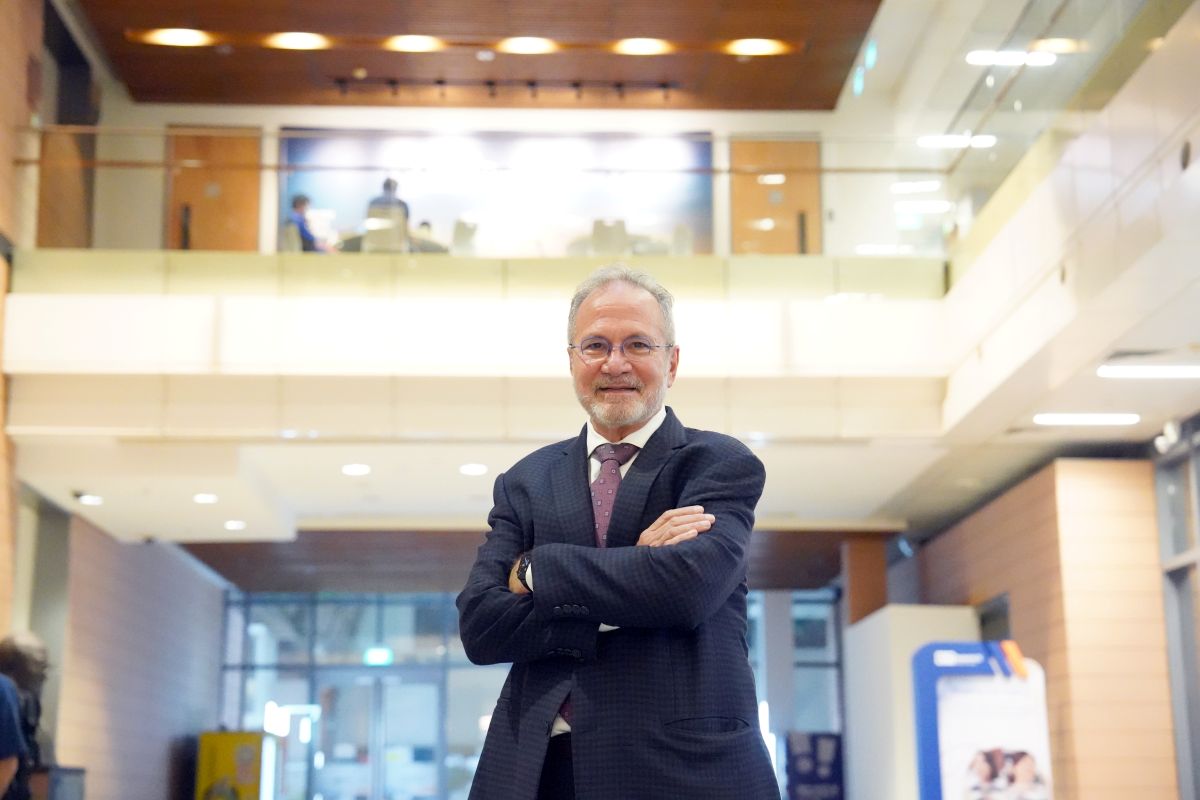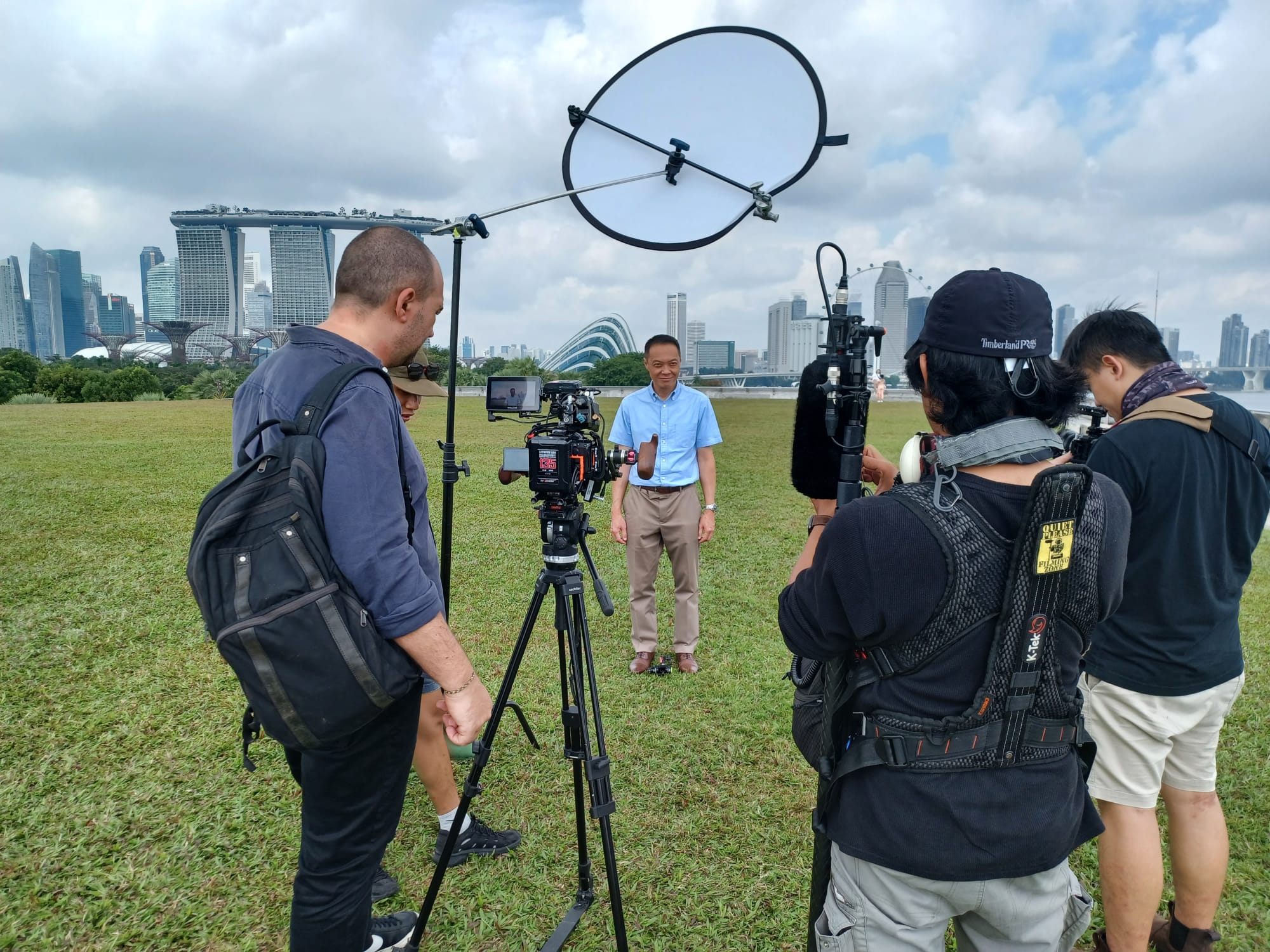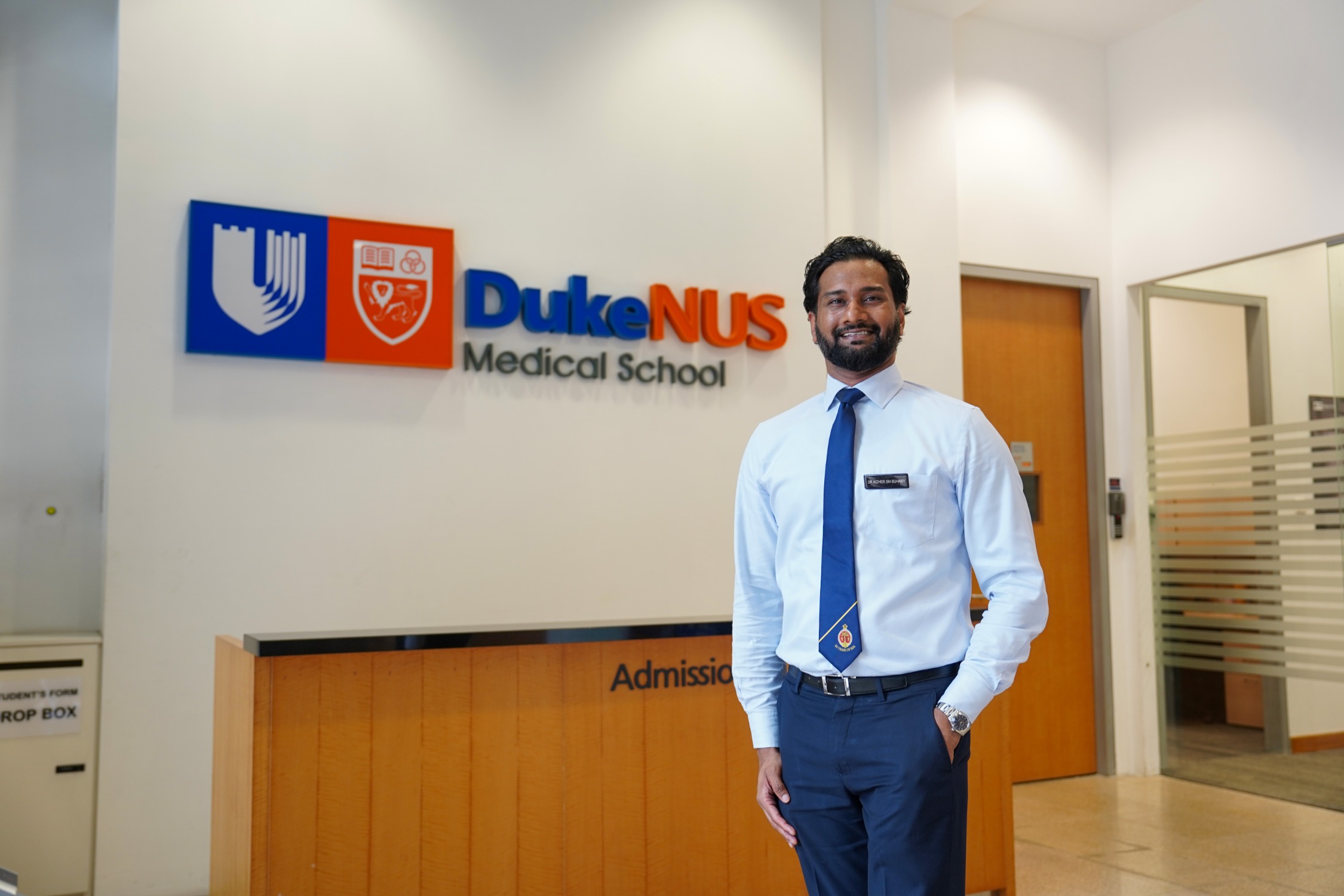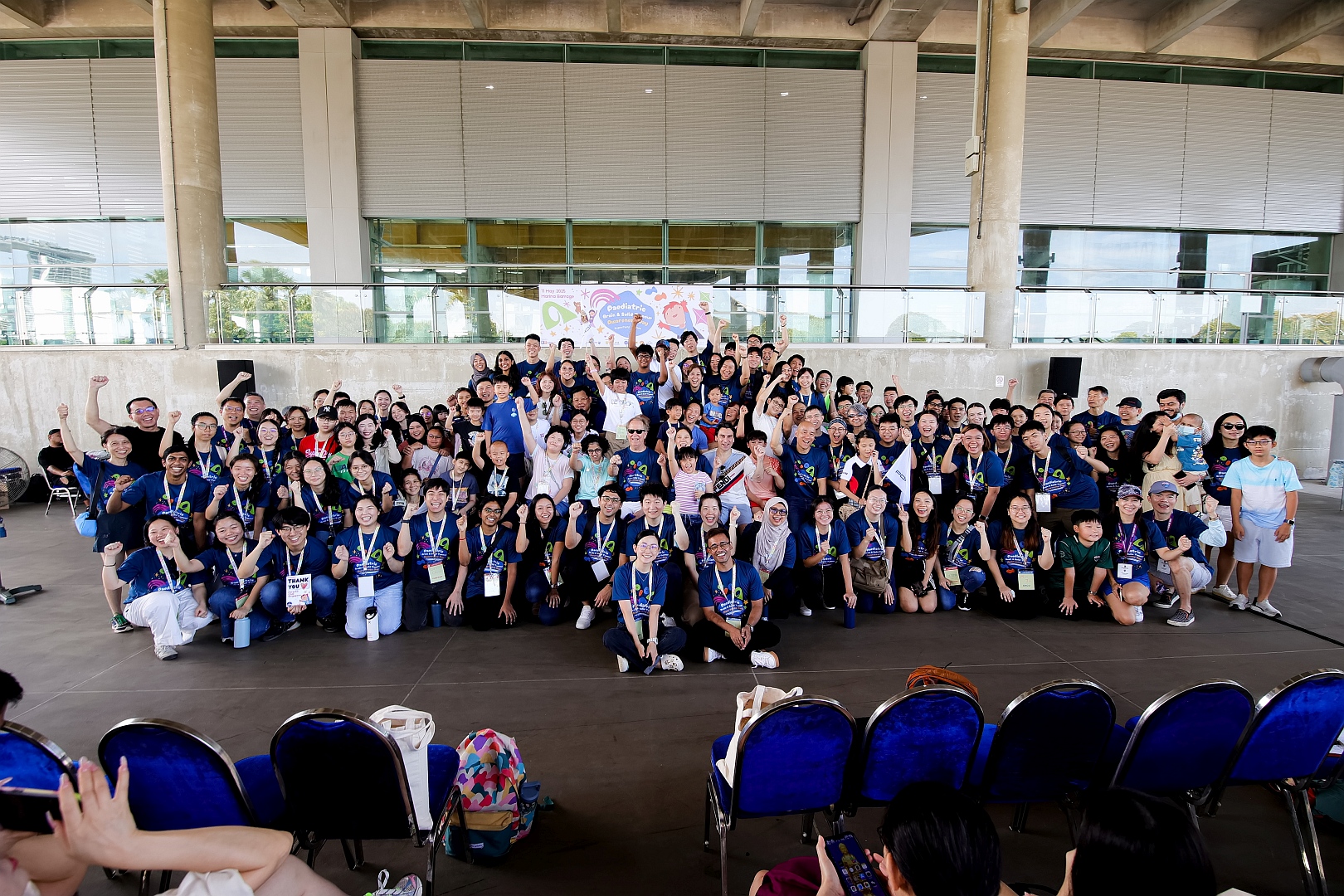David Matchar had every reason to take it easy.
The scientific symposium honouring his retirement was just days away—a celebration of a career spanning continents and disciplines. Yet, the longtime Duke-NUS professor was still deep in planning to ensure that the programme would spark bold ideas in a field he helped pioneer: health systems modelling.
A doctor, statistician, and systems thinker, Matchar has spent his life bettering ways to deliver care. His research doesn’t chase miracle drugs or genetic tweaks—it transforms how complex healthcare issues are addressed.
“I have had teams as large as 40 people working on the same project. And that’s really where I get a lot of pleasure from…the nice thing about this approach is that everybody gets to do what they do well and they also get to see where their piece fits into a larger whole. So it’s really good for transdisciplinary research,” he explained.
"David represented the best person at Duke in his field, and one of best in the world. He was among what I called the A Team of Duke faculty whom we sought to bring to Singapore."
To many who know Matchar, his dedication is hardly surprising.
For even after stepping down as director of the Duke-NUS’ Health Services and Systems Research Programme, he has continued his research and, to this day, manages up to nine active projects, one of which led to his first Singapore Translational Research (STaR) Investigator Award.
“I always imagine myself to be a juggler that has all those plates that they spin around in the air,” mused Matchar. “I just crave this kind of stimulation. If you force me to do just one thing, I think I’d be unhappy.”
Beyond seeking stimulation, it is a deeper desire to find a better way to deliver healthcare that motivates Matchar.
But first, statistics
As a child, Matchar grew up accompanying his father, an internist, on patient visits as they drove to hospitals or a patient’s home.
“He was very much into bedside manners, and of the opinion that you should always touch the patient…It may not be essential for their care, but that connection is simply something that people value,” recalled Matchar. “I learnt that humanistic side of medicine from him.”
Even though this early exposure was pivotal in spurring Matchar to train as a doctor, it didn’t stop him from pursuing other interests, much to his father’s surprise.
“At that time, I sort of hedged my bets by saying, ‘Well, I’ll still do all my prerequisites for medicine’, but I was still constantly looking for something else to do,” added Matchar.
Curious about what the world of numbers and formulae could offer, he decided to read statistics at Princeton University. “I had the chance to be in a small department with one of the leading statisticians internationally and had a wonderful time.”
What Matchar did not know then, however, was that this training, particularly in decision sciences, would lay the groundwork for his foray into system dynamics.
A fateful night in 1982
After completing his undergraduate studies, Matchar turned his focus to medicine.
While it seemed like he was on a path to a full-time career as a doctor after graduating from the University of Maryland, a stint at a rehabilitation hospital in Baltimore changed everything.
"The idea of systems thinking in medicine is that there are problems that you can’t resolve simply by talking about taking a pill or doing a doing a test"
Jolted into a new kind of awareness as a father to a newborn then, Matchar recalls one fateful night in 1982: “I thought about all the things that I had gone through and learned in medical school and what it was like to be part of that healthcare system.”
“Then I realised we were learning how to take care of people backwards. We were learning about diseases and then trying to convert that knowledge into the care of individuals. And I had an epiphany—there must be a better way to deliver healthcare.”
This became Matchar’s personal mission, setting him on the path of research at Duke University in Durham, North Carolina, where he also completed his fellowship training in internal medicine.
A blending of both worlds
Even as a junior attending running on a hectic schedule, Matchar found time to run clinical trials focused on evaluating primary care, looking at a myriad of conditions ranging from kidney disease to stroke.
While conducting field work in the clinic formed part of his research, Matchar also used computational tools extensively to create simulations of health systems.
These projects and others enabled him to build a rich portfolio in decision science and system dynamics, which he used to help doctors and patients make better decisions in the clinic.
“This was all by way of saying, ‘You’ve got a person with a particular problem. But what are the various pathways that you can go down?’,” explained Matchar.
It wasn’t long before his potential was recognised by his appointment as director of the Duke University Centre for Health Policy Research and Education, and concurrently, head of the Duke Evidence-based Practice Centre.
By then, Matchar’s lab was designated as an evaluation team by the Agency for Healthcare Research and Quality agency to support decision-making on insurance coverage for seniors aged 65 or older under Medicare, a federal health insurance programme in the United States.
Asked about his winning formula, and Matchar replies: “What I’ve ultimately done was in some ways was a blending of both worlds.”
One in which his practice co-existed with research, and where he leveraged his expertise in decision sciences to evaluate how health systems could provide better medical care.
Starting a new chapter in Singapore
The more Matchar delved into his work, the more it became apparent that providing better health care was going to require restructuring, including how services were provided.
“I decided I was ready for a change,” he said.
While his sights were set initially on a sabbatical in Nicaragua, “I remember taking intensive Spanish courses to prepare for that,” chuckled Matchar, a visit by a friend soon changed that.
As it turned out, Duke-NUS was recruiting someone to build a programme in health services research.
“My son had been taking Japanese in school, and he was very interested in learning about Asia, so he wanted to go,” recalled Matchar. That proved to be the tipping point, nudging him in Duke-NUS’ direction.
So he began a new chapter of his career at Duke-NUS as the founding director of its Health Services and Systems Research Programme in 2008.
Reflecting on his decision to hire Matchar for the role, Duke-NUS’ founding Dean Professor Sandy Williams said: “David represented the best person at Duke in his field, and one of best in the world. He was among what I called the A Team of Duke faculty whom we sought to bring to Singapore. We needed individuals who were team builders, who would not only bring excellence to the new school but the right kind of personality traits. And David embodied all that.”
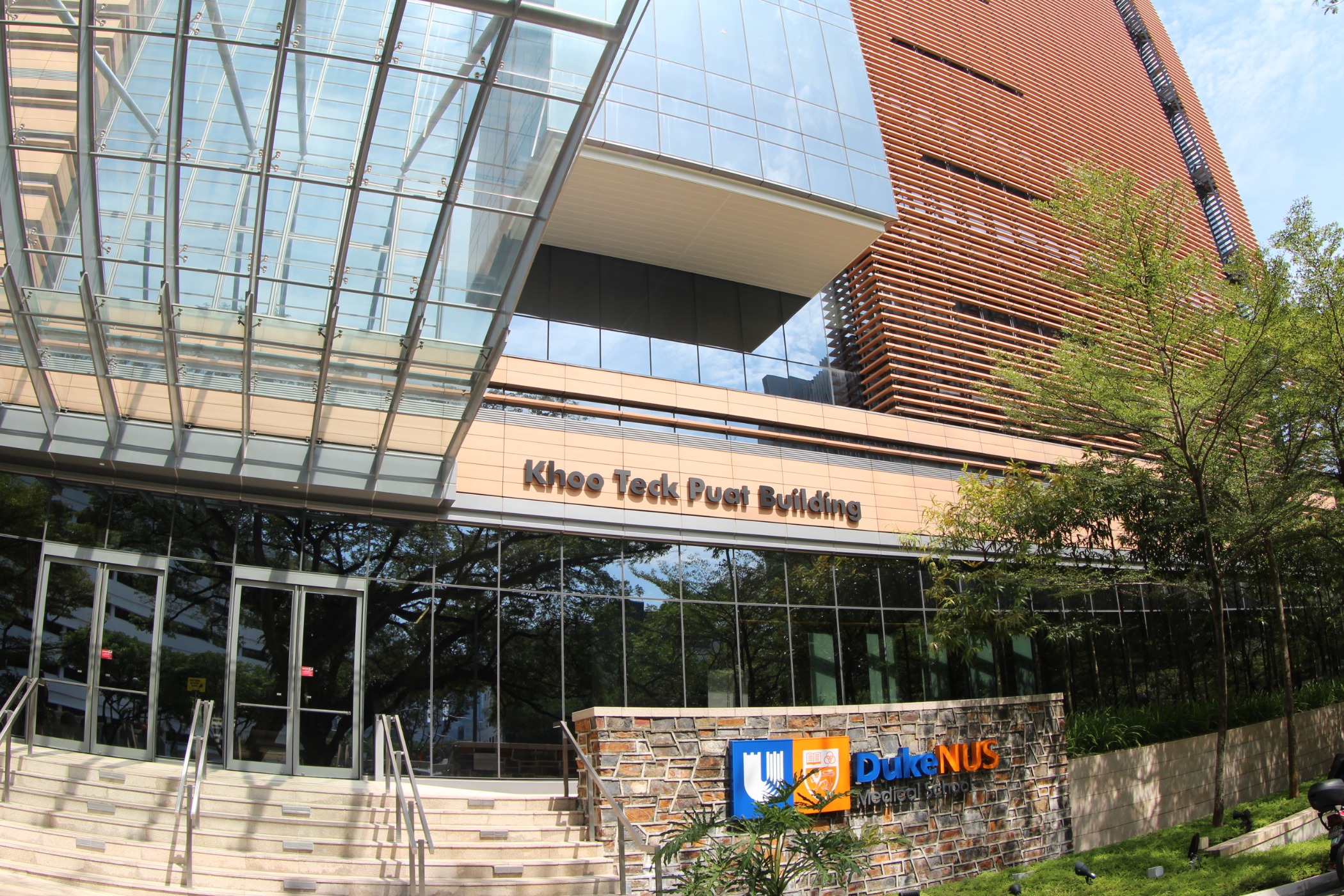
In 2008, Matchar joined Duke-NUS as the founding director of its Health Services and Systems Research Programme // Credit: Duke-NUS
To build a research programme
With only enough budget to recruit six faculty members in its early days, Matchar rallied for support to grow the programme.
“I spent my first year meeting everybody I could meet at all levels of healthcare, learning about all the other people who were doing health services research in Singapore and trying to identify what would be the most valuable niche that we could fill,” he recalled.
But no matter how busy he got, Matchar never lost sight of his vision.
“The idea of systems thinking in medicine is that there are problems that you can’t resolve simply by talking about taking a pill or doing a doing a test,” he explained. “So I submitted a proposal for a STaR Investigator Award.”
"He started drawing up these ideas on a whiteboard… calculating the effect size for our study. And these calculations that he did back in 2018—they still hold today."
In 2009, he received the award that was instrumental in advancing his efforts to establish a system modelling approach that could help manage effective healthcare services for a rapidly ageing population in Singapore.
And while his team had focused on tackling issues associated with cognitive impairment and dementia initially, they have since expanded the scope of their research to address broader issues, ranging from enhancing primary care in Singapore to preventing falls and fractures in the elderly—a project that Matchar co-leads with his wife and long-time collaborator of 14 years, Associate Professor Angelique Chan.
Shared Chan: “David’s clinical background and my background in sociology enabled us to look at how to deliver health services to older persons in Singapore effectively. I think we’re successful when we write research proposals together because we consider both the medical and the social aspects of any issue.”
“The fact that we could be respectful of each other was really important in making the relationship work,” she added.
Alongside managing research projects, the pair has also built a blended family of seven, gathering when they can for birthdays and other milestones.
Growing a network of impact
By the time Matchar stepped down in 2018, the programme had expanded to include two major academic research centres: the Lien Centre for Palliative Care and the Centre for Ageing Research and Education, with more than 50 faculty and staff onboard.
Added former Senior Vice-Dean of Research, Professor Pat Casey: “He figured out a way to get there so that he’d be on par with the rest of the signature research programmes (that started with eight tenure-track faculty members). We had a wonderful time and he was a terrific director.”
Still, Matchar continues to lend his expertise to various initiatives, serving in roles such as the lead economic and policy analyst to the Singapore clinical genomics programme, PRECISE, and consultant to the Singapore Ministry of Health’s national initiative for healthcare transformation, Healthier SG.
This same dedication that led Matchar to take on one project after another was also what brought his collaborators and former students from around the world to the scientific symposium, as they traced how he had influenced their work.
But Matchar’s impact extends far beyond the walls of that gathering.
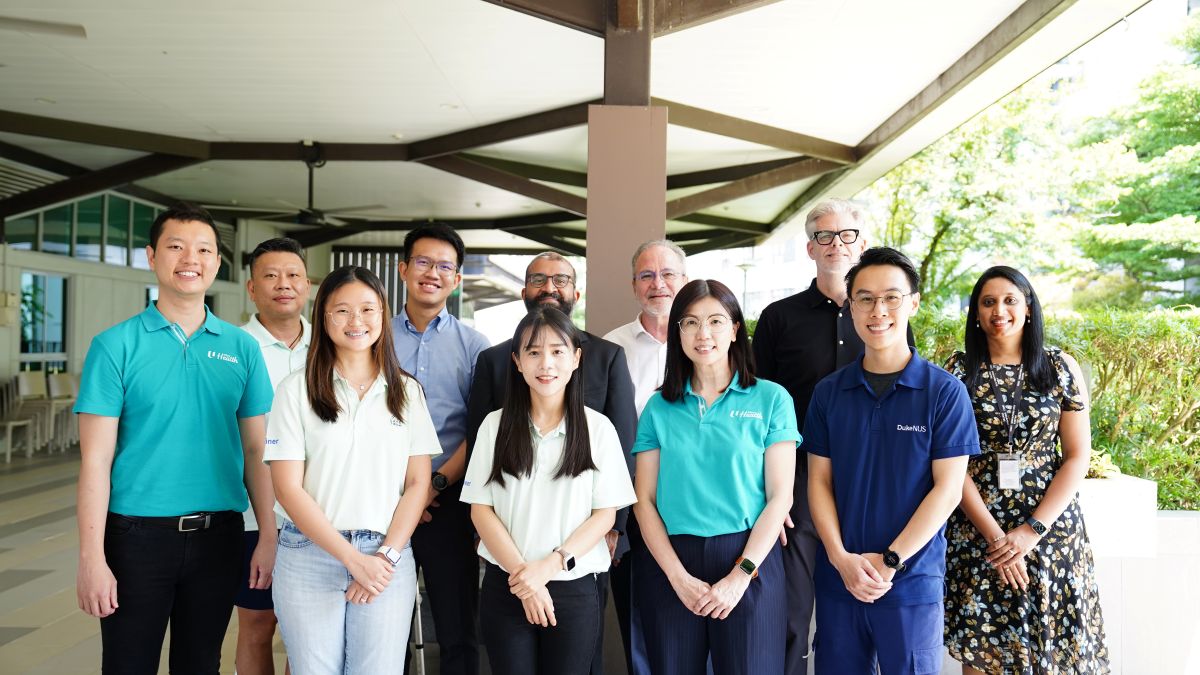
Matchar (second from right, second row) with Dr Benedikt Helgason (first from right, second row) and Dr Lai Wei Xuan (second from right, first row) with other researchers and staff involved in the study on preventing falls and fractures in the elderly // Credit: Norfaezah Abdullah, Duke-NUS
Long-time collaborator, PD Dr Benedikt Helgason, a senior scientist at ETH Zurich, who worked with Matchar and Chan on developing an innovative algorithm to prevent falls and fractures in the elderly still recalls their very first meeting.
“He started drawing up these ideas on a whiteboard… calculating the effect size for our study. And these calculations that he did back in 2018—they still hold today.”
“I don’t remember a single meeting where we didn’t need more time than we had allocated, because the discussions are so lively, and there’s a lot of laughter in the meetings. We don’t leave a meeting without an idea. There will always be an idea on the whiteboard,” added Helgason.
Postdoctoral researcher, Dr Lai Wei Xuan, also remembers a memorable moment with his mentor at the whiteboard.
“That’s how we troubleshoot a lot of the problems we face in our research,” said Lai, as he described a eureka moment when the duo came up with a clinical decision tool during one of their many meetings in Matchar’s office as he scribbled on the whiteboard.
Making time for people
And despite his many commitments, Matchar still finds time for the people who need his insights and guidance, whether it’s his student, a colleague or a writer like me, hoping to interview him for a profile story.
“I think he’s very very generous with his time for his students,” said Lai, of his mentor.
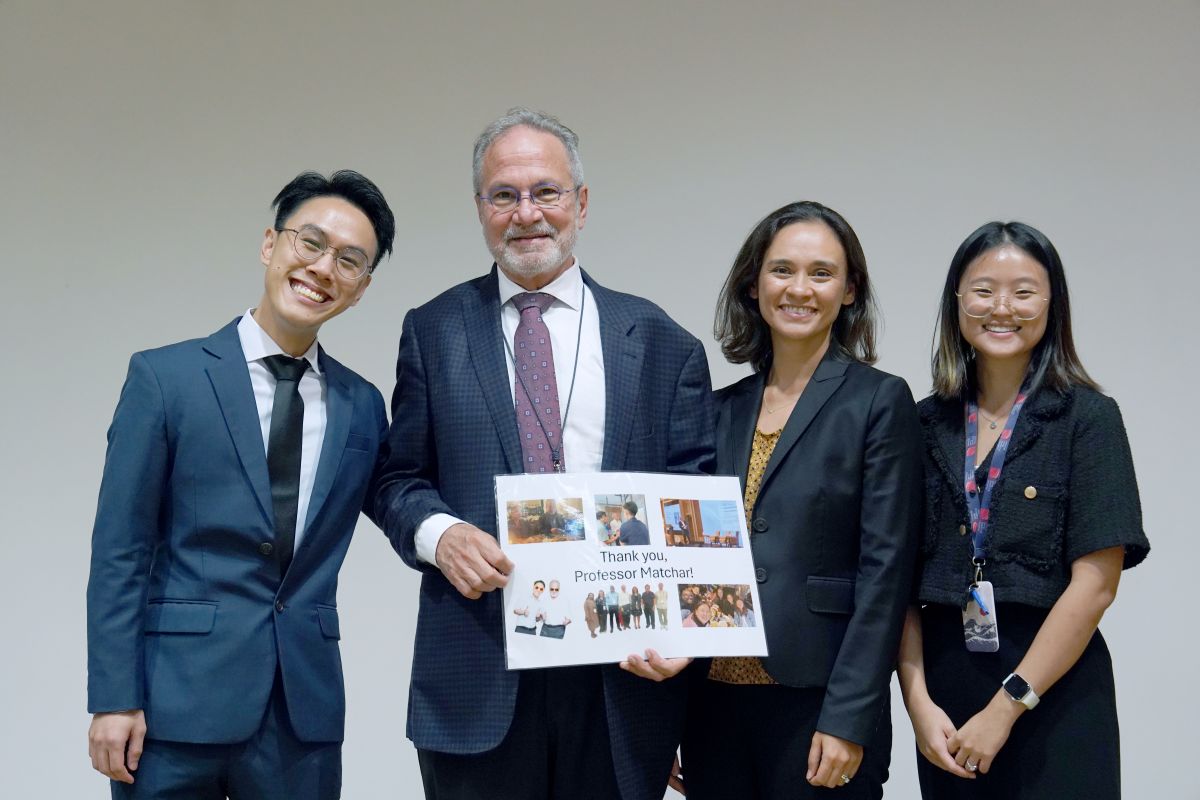
The proud mentor with his students: Dr Lai Weixuan (first from left), Dr Marya Getchell (second from right) and Dr Vanessa Koh (first from right)
So much so that Matchar eagerly stepped in to help pilot a community falls intervention they had designed for seniors at active ageing centres.
“He turned up in his exercise gear and just started exercising with us,” said Lai fondly.
Today, even at 70, Matchar shows no signs of slowing down.
From mentoring the next generation to serving as a lead analyst in national initiatives, he continues to influence how care is designed, evaluated and delivered.
At the symposium in his honour, he left the audience with a simple but powerful promise:
“I’m not retiring from this mission. My home remains in Singapore. And I look forward to working with many of you—whether through mentoring, collaborations and maybe just a cup of coffee, or a casual loop diagram.”
That mission still powers his days—and his evenings too, which he wraps up with a quiet ritual: solving a game of Wordle with his daughter every day.
“We send each other our results. That way, she knows I’m still okay.”
Matchar smiles, then pauses.
“I haven’t done the statistics, but I think she is better than me.”




